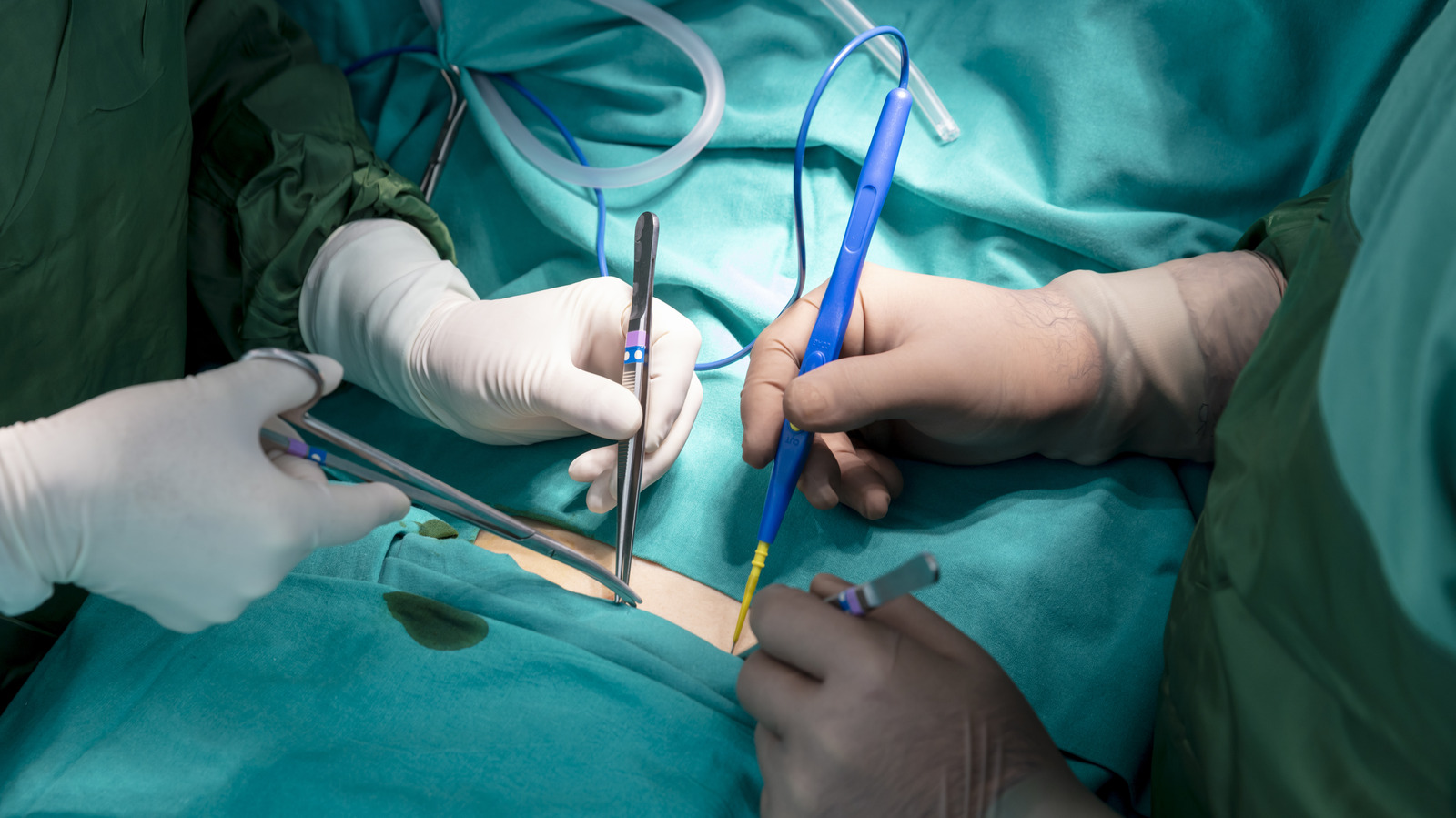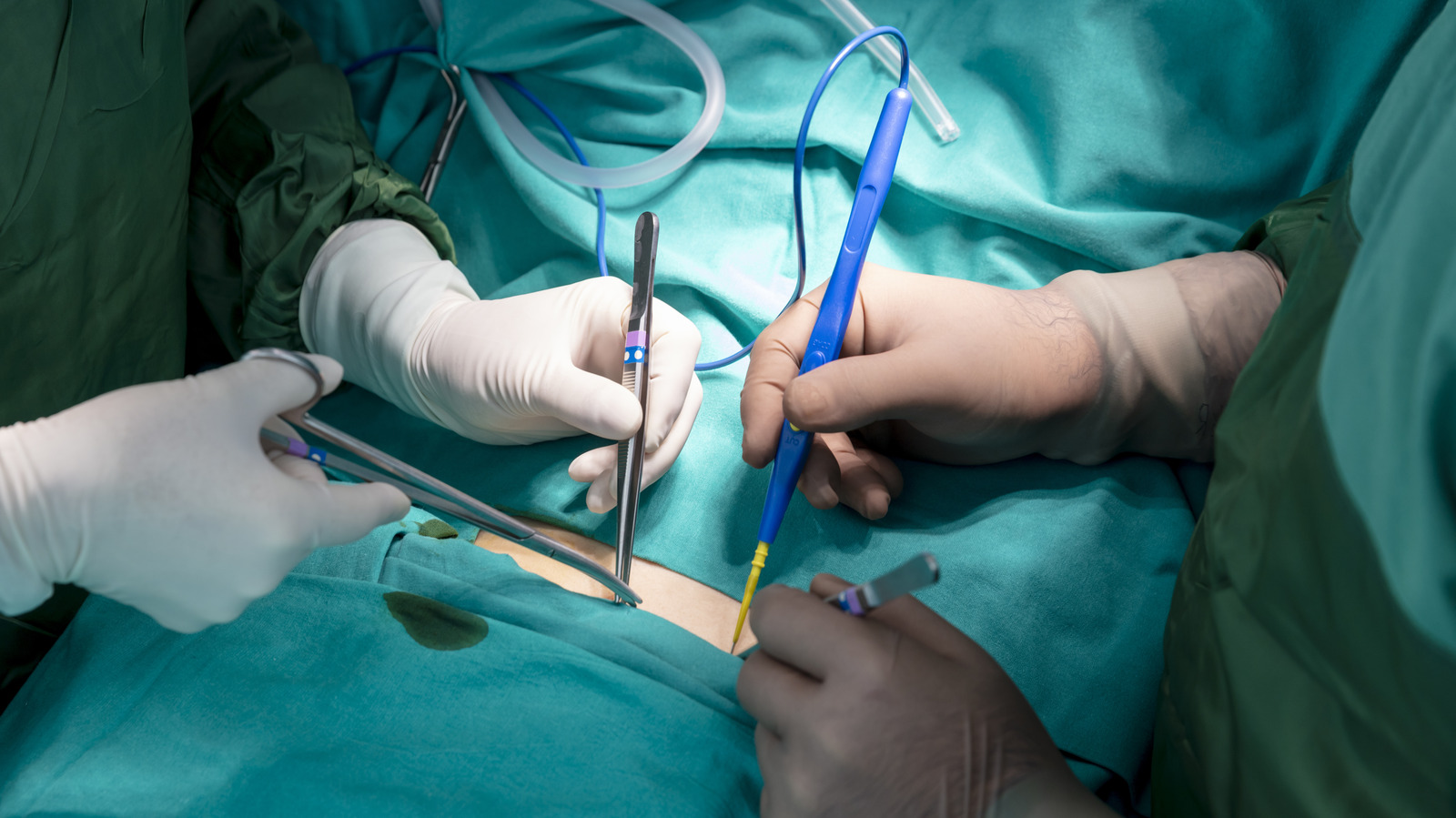
You Won’t Die If You Have These 12 Organs Removed – Health Digest

The lungs are an essential part of our respiratory system, responsible for the vital task of bringing in oxygen and expelling carbon dioxide. These spongy organs, located within the chest and protected by the ribcage, work tirelessly throughout our lives. With each breath, air travels through the trachea and into the bronchial tubes. Small sacs called alveoli fill with air, allowing oxygen to enter the bloodstream and carbon dioxide to be expelled (via the National Heart, Lung, and Blood Institute).
As crucial as the lungs are, it is possible to live with just one functioning lung. The reasons for removal, known medically as a pneumonectomy, can range from cancer to severe infections or traumatic injuries. When one lung is removed, the remaining lung expands to occupy the space and, over time, can increase its capacity to compensate for its missing partner (via Johns Hopkins Medicine).
While people can function with a single lung, they may face limitations. The total lung capacity is reduced, which can lead to decreased endurance during physical activities. People might find themselves becoming breathless more quickly or needing more time to recover after exertion (via WebMD). High-altitude places where oxygen is scarcer might also pose a challenge.
That said, many individuals with one lung lead full, active lives. With appropriate medical care, physical therapy, and gradual conditioning, many regain a significant portion of their previous physical capabilities. It’s essential for someone with one lung to remain under the care of a pulmonologist and avoid habits harmful to the lungs, like smoking.


